#australian reptiles
Explore tagged Tumblr posts
Text
Pictures of two really tame gungoo I decided to take pictures of in South Bank because I thought showing of an animal I see all the time but are presumably rarely seen outside Australia would make good tumblr photos.


5 notes
·
View notes
Text
This shy and fast moving lizard is a land mullet (Bellatorias major). It lives in the rainforests of southeast QLD, and said to be the largest species in the skink family Scincidae. This one is about 50cm long.
5 notes
·
View notes
Note
blue tongued skink
Sure thing! I did one a while back but I'll do a different species this time.


Photos from Kelvin Marshall & John Sullivan respectively.
#blue tongued skink#common blue tongued skink#australia#indonesia#australian animal#indonesian animal#reptilia#reptile#reptiles#squamata#squamates#scincidae#skink#skinks#herpblr#animal polls#poll blog#my polls#animals#polls#tumblr polls
98 notes
·
View notes
Text
Doing sleepy lizard fieldwork in the Mid Murray today involved bountiful encounters with goofy fellas as usual
This guy is somehow missing the keratin on most of his large tail scales, revealing the bony scutes (osteoderms) beneath. We’re not exactly sure how this occurred, hopefully he’s not scuffed up too bad, but it is quite cool to look at


Then there’s grumps over here, sucking on his pacifier. We named him Cupcake after his delightful personality

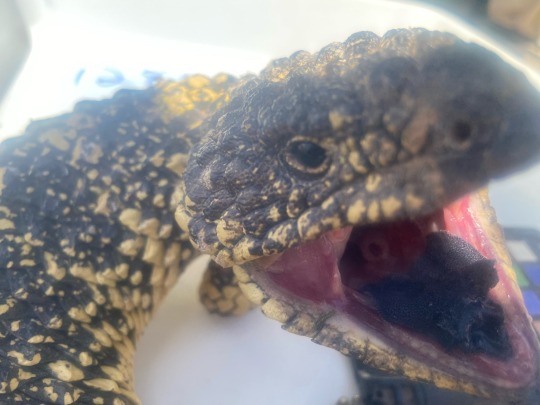
Cupcake is now getting clamped because he’s naughty and bit someone (actually just taking a measurement of head depth)
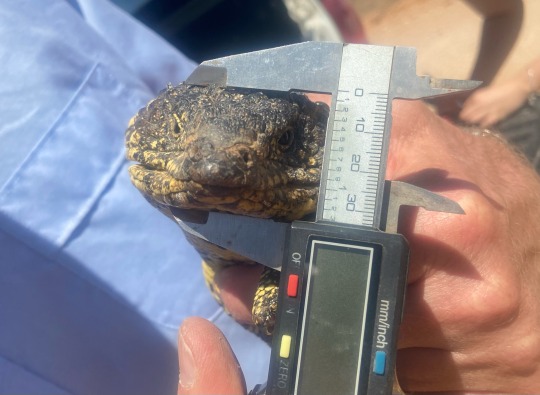
Polite gentleman patiently getting his tail measured (not a sleepy lizard, doesn’t want to be here)
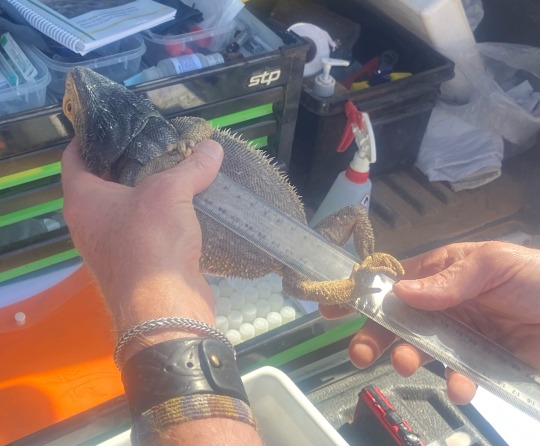
#south australia#australian wildlife#wildlife#reptile#reptiles#lizard#lizards#skinks#bearded dragon#shingleback#fieldwork#herpetology#my stuff
507 notes
·
View notes
Text
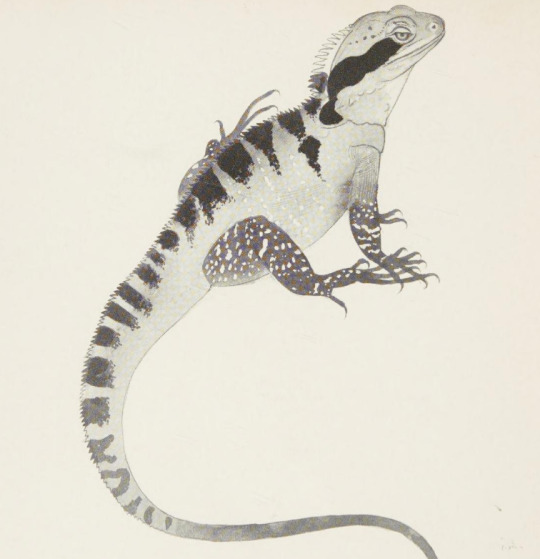
Drawing Animals. Written and illustrated by Maurice Wilson. Published in 1964.
Internet Archive
261 notes
·
View notes
Text

Alligator with butterflies
Image credit: Ama la Vida
254 notes
·
View notes
Text

Lin Onus (Australia, 1948-1996)
Ngakaydjil (Lizards), c.1993
gouache on illustration board
49.0 x 37.0 cm
#animals in art#20th century art#painting#1990s#Lin Onus#Australian art#Aboriginal art#modern art#lizard#lizards#trio#Australian animals#Indigenous art#self taught artist#reptiles
78 notes
·
View notes
Text

Boop his snoot if you dare 🐍🐍🐍
#boop the snoot#snake#cute#reptile#wildlife photography#animal#photography#zoo#australia#wildlife#australian reptile park
80 notes
·
View notes
Text
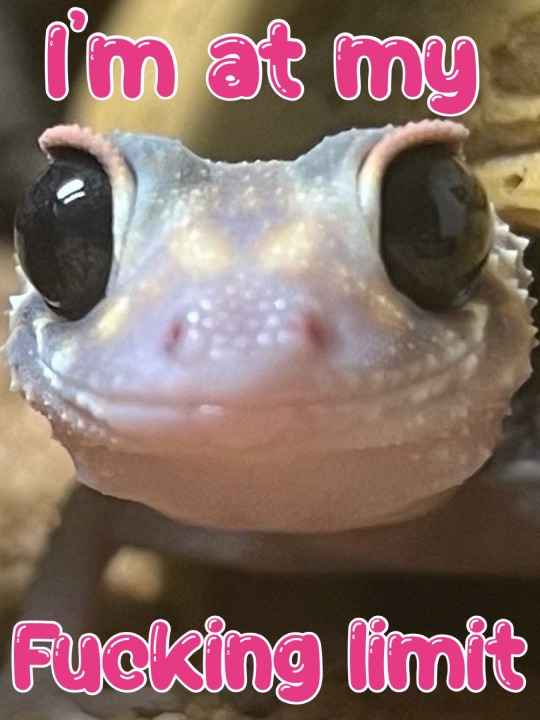
What I think is going through Comet’s head at all times
122 notes
·
View notes
Text
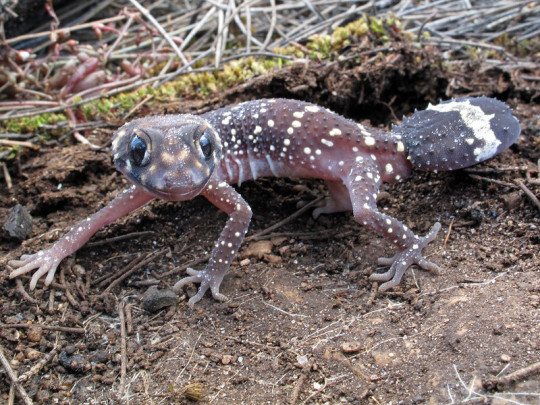
Australian barking gecko (Underwoodisaurus milii) in Brockton, West Australia
by John Anderson
#australian barking gecko#thick tailed gecko#geckos#lizards#reptiles#Underwoodisaurus milii#Underwoodisaurus#Carphodactylidae#squamata#reptilia#chordata#wildlife: australia
575 notes
·
View notes
Text
I really don't like the way people talk about snakes, especially here in Australia. I know a lot of folks are afraid of them and phobias are real and valid but the sheer hatred some folks have for them just makes me sad.
Like I just saw a tik tok of a beautiful wild carpet python climbing off someone's roof into a tree and in the video the person filming is going on about how feral and gross it was, and telling her kid (off screen) how they're so gross and ucky. Based off his voice the kid seemed to be having a good time watching it but the person filming just kept reiterating how ucky it was until he started repeating it back. I get teaching your kids to stay away but you can do that without demonising an important part of our ecosystem.
And my god, the comments. "The only good snake is a dead snake" "it needs a good shovel to the head" etc
I had a bunch of similar comments filtered from when I posted videos of my snake (an albino carpet python named nugget) when he was unwell too. I was posting in hopes someone would know a way to make his vet treatment less stressful on him. I even put content warnings on some of the videos of him because I respect that some people just really don't like them and I wanted to give those folks the chance to just scroll away. You don't have to like them, but why do so many people feel the need to be so mean to them/about them.
Nugget is doing fine now btw.
198 notes
·
View notes
Text
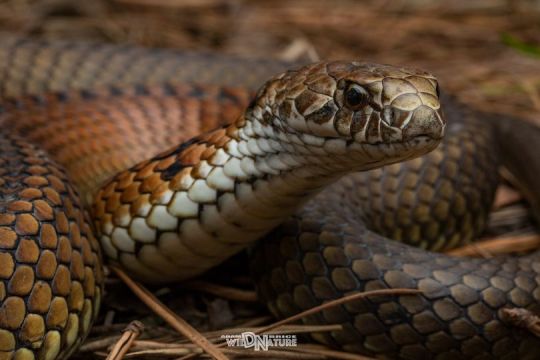
Highlands Copperhead (Austrelaps ramsayi), family Elapidae, Southern Highalnds region New South Wales, Australia
Venomous.
photograph by Adam Brice
#australian copperhead#copperhead#austrelaps#elapidae#venomous#snake#reptile#herpetology#animals#nature#australia
136 notes
·
View notes
Text


Lace monitor
16 notes
·
View notes
Text
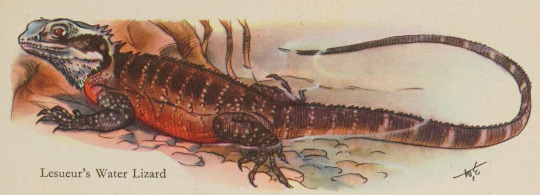
Australian water dragon (Intellagama lesueurii)
Reptiles and Amphibians of the World. Written by Hans Hvass. Illustrated by Wilhelm Eigener. Originally published in 1958.
Internet Archive
252 notes
·
View notes
Photo

Eastern water dragon photographed on the Illawarra escarpment in NSW.
Image credit: Keelan Orrock
#keelan orrock#photographer#eastern water dragon#reptile#australia#new south wales#animal#illawarra escarpment#nature#close-up#australian geographic
212 notes
·
View notes
Text
local doofus gets stuck down tiny pitfall trap intended for little mice and geckos

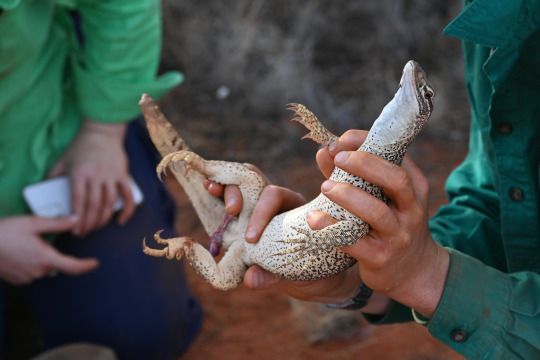
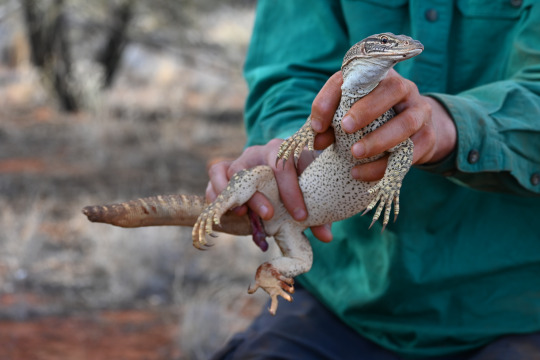
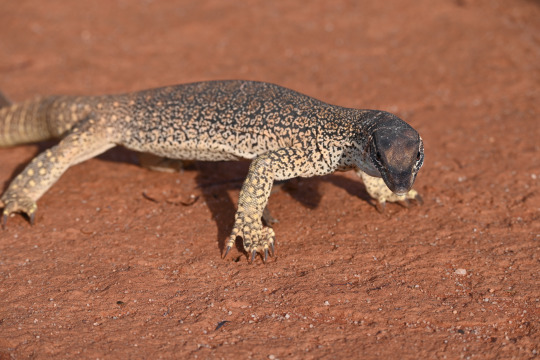

He’s clearly got a habit of getting into silly situations given something’s bitten the end of his tail off
Sand Goanna (Varanus gouldii) - Bon Bon Station, SA, November 2023
#also merry christmas!#south australia#outback#australian wildlife#wildlife#reptile#lizard#goanna#monitor lizard#wildlife photography#fieldwork#my stuff
69 notes
·
View notes